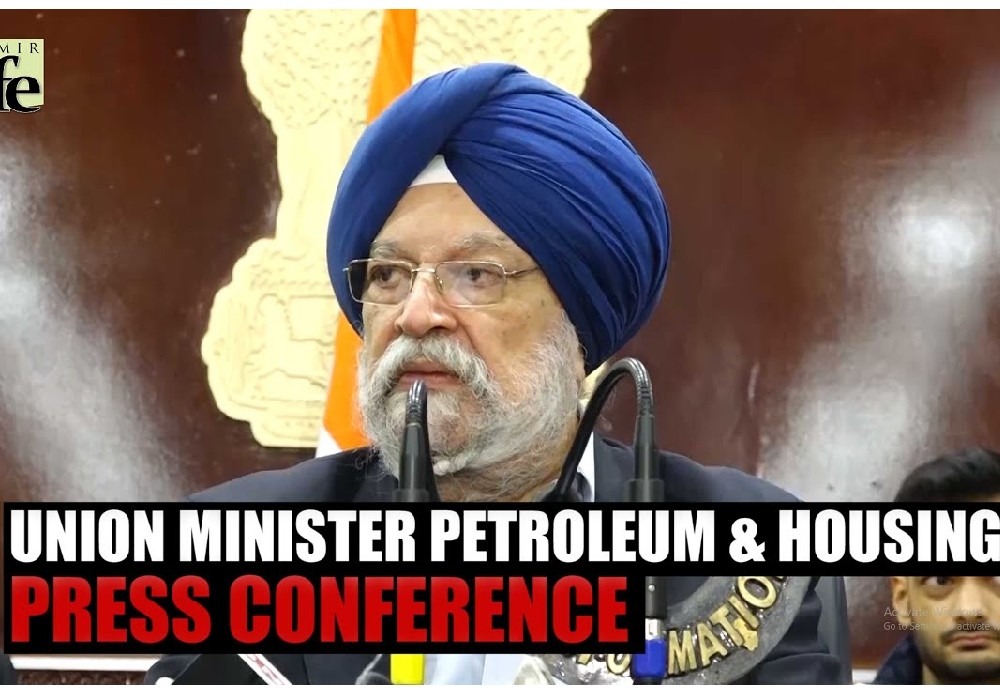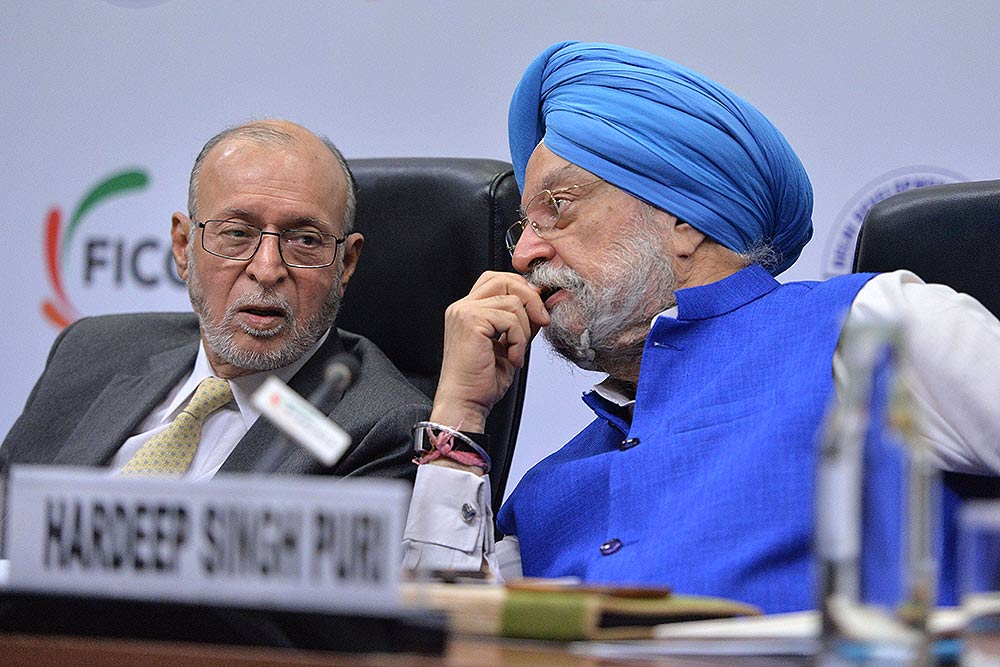The most important task that Hardeep Puri took up after relinquishing charge as Permanent Representative of India to the United Nations in New York was to write a book giving an insider’s view of the Security Council’s decision-making process in relation to major global crisis situations during the two-year period of 2011-2012 when India was a member of the Security Council and Puri its representative there. The product in the form of this volume, Perilous Interventions, vindicates his decision. Perilous interventions, as Hardeep Puri puts it, reflect whimsical and reflexive decision-making with far-reaching consequences, without thinking through them. Most of these armed interventions have been made to achieve regime changes to serve ill-conceived short-term national and strategic interests. This book is about the origin, consequences and lessons to be derived from such interventions, which are at the root of some of the gravest problems confronting the world today. These threaten to tear asunder the post-Second World War international order.
The book presents five case studies of perilous interventions, ie Libya, Syria, Yemen, Crimea/Ukraine and Sri Lanka. To these are added chapter,s dealing with the Islamic State of Iraq and Syria (ISIS), the Arab Spring, Policy-induced Migration and the Doctrine of the Responsibility to Protect (R2P). All these relatively brief chapters are so complete in themselves, so well structured, so succinct and precise and so brilliantly analysed that they can substitute the volumes that have been written on each of these topics. Each chapter contains the background to the event leading to the present crisis, a blow-by-blow account of what happened or did not happen in the UN, in tandem with the unfolding of the situation on the ground, of misconceived external interventions and the arming of rebels, including those linked to al-Qaeda and the ISIS, and of the interplay of internal and external political factors complicating the situation and generally putting it beyond the realm of solution.
The author conveys his message in a forthright, frank and forceful manner. He spares none, including his own country. He strongly criticises the United Nations for its ‘inertness’ and ‘passivity’ in the case of Syria, Crimea/Ukraine and Sri Lanka. In the case of Syria, the Security Council has been unable to adopt any resolution of operational significance. In the case of Crimea, the author underlines that the Russian intervention ought to have had the prior permission of the Security Council. In the case of Sri Lanka, the UN did not take any collective action in a decisive manner to protect civilians from mass atrocities. He holds the three Western powers, UK, France, and the United States, responsible for using the Security Council as a fig leaf for armed intervention in order to carry out their design for regime change in Libya. He holds Saudi Arabia responsible for the unfolding of one of the greatest human tragedies in the world today ie in Yemen. He advances forceful arguments to demonstrate the illegitimacy of the Saudi intervention there and unequivocally blames the United States for supporting the Saudis in the attack against the Houthis. He takes objection to the reference in the Indian statement on Ukraine to legitimise Russian interest and sarcastically brings out its implication that “If the powerful have interest, ‘intervention’ and ‘take over’ are understandable”.
The author’s analysis of the Doctrine of R2P is significant in that it was during the period of his functioning as India’s representative in the Security Council that the doctrine was first put in practice with the intervention in Libya. It may be recalled here that the Western powers first wanted the acceptance of the doctrine of ‘humanitarian intervention’ as a part of the reform of the United Nations, but this was rejected by the majority of the UN member countries on grounds of being too open-ended and hence carrying the danger of opening the floodgates of interventions. What was included in perhaps the most comprehensive package on UN reforms adopted by the General Assembly in December 2005 was the Doctrine of R2P. This was, however, the thin end of the wedge.
The General Assembly has, no doubt, sought to circumscribe the use of R2P to cases of genocide, war crimes, ethnic cleansing and crimes against humanity. But as the author has brought out in chapter after chapter, the determination of the existence of such situations has been distorted, particularly in the case of Libya, with horrendous consequences for that country, the region, and the world. As the author points out, the trend, which has facilitated interventions by crossing the red lines laid down by the General Assembly, is the decline of the Westphalian concept of sovereignty with internationally recognised borders. The Western countries supported by their academic community, other think tanks and the media have played the principal role in bringing it about.
The author, however, regards the doctrine of R2P as essential to prevent mass atrocities and offers suggestions for its appropriate and effective application. These include making such interventions with the full knowledge of their consequences and integrating R2P with RwP ie Responsibility While Protecting. These are laudable objectives but in the present circumstances unlikely to be realized. The right course of action for protecting Third World countries including India from mindless interventions under R2P would have been to reject this doctrine altogether and, in its place, insist on the fuller utilization of Chapter 6 of the UN Charter of provisions other than the use of force, of Article 42 and the expansion of the scope of Article 39 relating to the determination of the existence of threat to peace, breach of peace and act of aggression.
The defining features of the book include its perceptive conclusions, salutary warnings and valuable suggestions for future action. One of the author’s most important suggestions is to reform the Security Council in order to democratize and make more effective its decision making. The author quotes from an article by General Satish Nambiar, who played a leading role in UN peacekeeping operations, to drive home the point that “Non-action was not due to lack of warning, resources or the barrier of state sovereignty, but because of strategic, political or economic considerations…”
In taking such a limited view of UN reform, it is forgotten that the overriding reason for the United Nations’ inability to act in most of the areas under its jurisdiction is the systematic, conscious and well-planned decimation of its capacity over the last few decades. This deficiency is of a structural nature going beyond the process of decision-making. After all, what is the point of India or any other country becoming a Permanent Member of the Security Council when the UN as a whole has lost its capacity to act? Proposals to halt this process and strengthen UN capacity were never seriously put on the UN reform agenda. For the most part of the reform process, India did not bestir itself to do anything about it and devoted all its diplomatic energy and resources to the issue of Security Council reforms in order to become its Permanent Member. This is no less an improbable proposition than restoring to the UN its lost functions and capacity.
The above difference of opinion does not in any way detract from the significance of the book. It is written in a forceful and direct style. The prose is elegant and the analysis is perceptive and penetrating. Above all, it is not a mere collection of random reflections of one of the most brilliant and astute Indian diplomats who has distinguished himself in many positions and handled several sensitive situations but an outstanding tome of great academic value, based on meticulous research, which draws upon material from unimpeachable resources. It is, therefore, rewarding reading for all those interested in the present crisis in the world and an extremely useful source of reference for students and scholars engaged in research in this area.

देश में एक करोड़ यात्री प्रतिदिन कर रहे हैं मेट्रो की सवारी: पुरी ..

Union Minister for Petroleum and Natural Gas and Housing and Urban Affairs, Hardeep Singh Puri addressing a press conference in ..

Joint Press Conference by Shri Hardeep Singh Puri & Dr Sudhanshu Trivedi at BJP HQ| LIVE | ISM MEDIA ..
(3).jpg)
"I wish a speedy recovery to former Prime Minister Dr Manmohan Singh Ji. God grant him good health," Puri wrote. ..